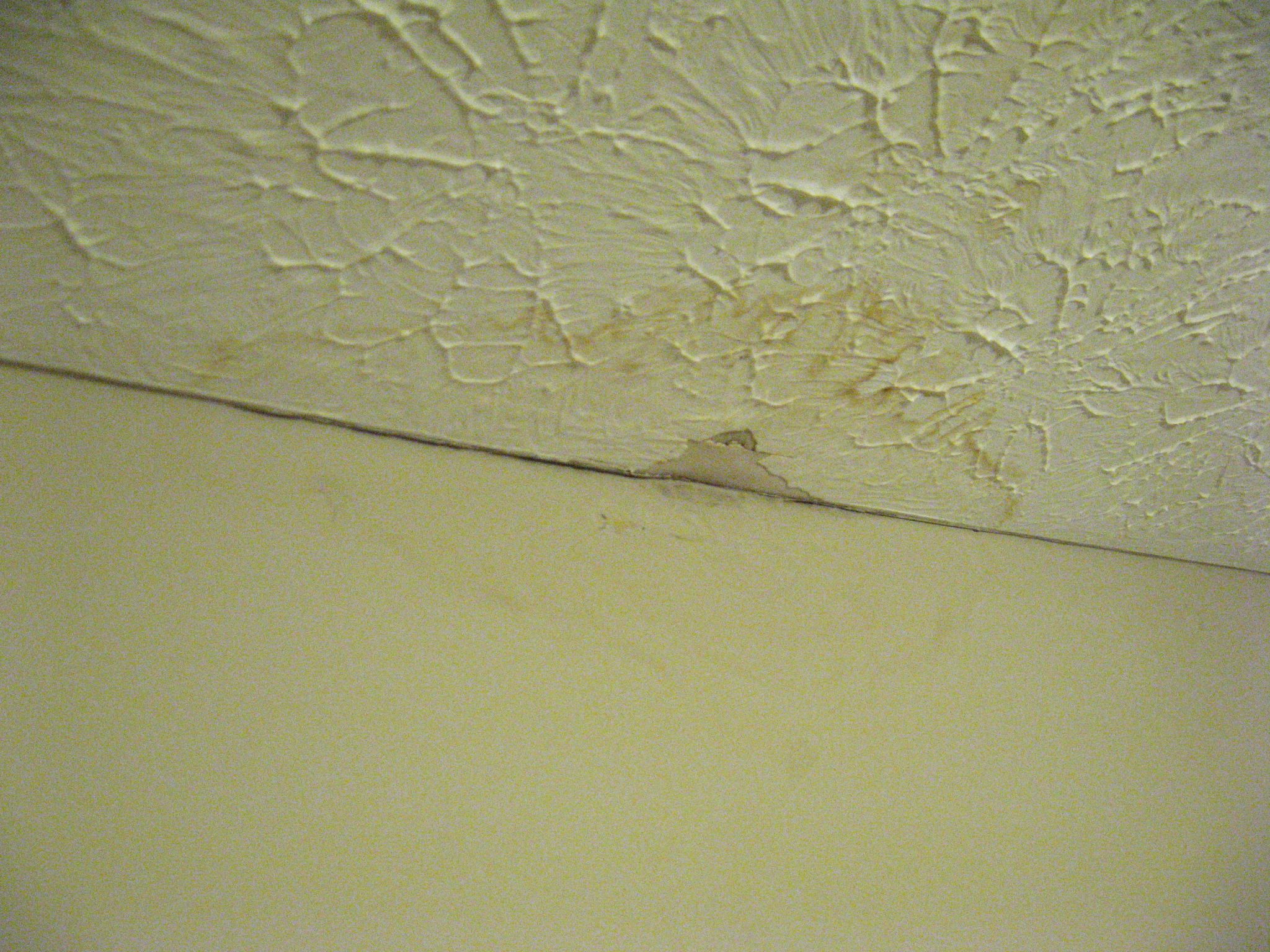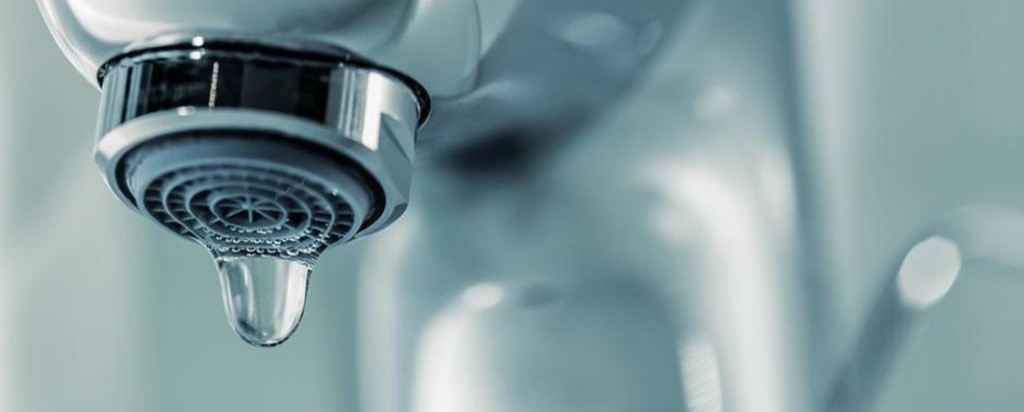Spot A Half-Dozen of Commonest Leak Triggers Within Your House
Spot A Half-Dozen of Commonest Leak Triggers Within Your House
Blog Article
We've discovered the article relating to How Fast Water Damage Can Ruin Your Home directly below on the net and thought it made sense to share it with you over here.

Leaks not only cause waste of water but can also create unneeded damages to your house and promote undesirable natural growth. Water leaks might go unnoticed because many of the pipework in our residence is concealed. By looking and understanding for everyday situations that cause leaks, you can protect your residence from future leakages and also unnecessary damages. Today, we will certainly check out 6 leakage creates that might be causing your pipelines to drip.
Encroaching origins
Many water leaks start outside the house instead than inside it. You might see wet spots or sinkholes in your lawn, as well as that may imply that tree roots are getting into water lines creating water to permeate out.
Rusty water supply
This might be the reason of discoloration or bending on your water pipes. If our plumbing system is old, take into consideration replacing the pipelines considering that they are at a higher risk of deterioration than the newer versions.
Faulty Pipeline Joints
The factor at which your pipes attach is often the weakest web link in the waterline. Pipe joints can wear away in time, resulting in water leaks. The bulk of pipe joints are not quickly noticeable. If you have loud pipelines that make ticking or banging sounds, especially when the hot water is switched on, your pipe joints are most likely under a lot of pressure. It is a good idea to have your plumber check your system annually.
Instantaneous temperature level modifications.
Severe temperature modifications in our pipelines can cause them to broaden as well as get unexpectedly. This expansion and also contraction may cause cracks in the pipelines, specifically if the temperature level are below freezing. It would certainly be best if you kept an eye on just how your plumbing works. The presence of the previously stated scenarios regularly shows a high threat.
Poor Water Connectors
Sometimes, a leakage can be triggered by loose hose pipes and pipes that provide your devices. Most of the time, shifting is what causes the loosened water Connections. You might locate when it comes to a washing machine, a tube might spring a leakage as a result of drinking throughout the spin cycle. In case of a water connections leak, you may notice water running straight from the supply line or pools around your appliances.
Obstructed Drains
Blocked drains could be aggravating and inconveniencing, but they can sometimes wind up triggering an overflow resulting in rupture pipelines. Maintain removing any products that might decrease your drains pipes that might obstruct them to prevent such inconveniences.
All the above are root causes of leaks however not all water leaks result from plumbing leaks; some leaks could originate from roof covering leakages. All leaks should be fixed immediately to stay clear of water damages.
Leaks not just trigger waste of water but can additionally trigger unnecessary damages to your house and advertise unwanted natural growth. By recognizing and looking for day-to-day circumstances that trigger leakages, you can safeguard your home from future leakages and also unnecessary damages. Today, we will certainly look at six leakage triggers that may be triggering your pipes to drip.
At times, a leakage can be created by loosened hoses and pipes that supply your home appliances. In instance of a water links leak, you might discover water running directly from the supply line or pools around your devices.
How To Check For Water Leak In Your Home
How To Check for Leaks
The average household's leaks can account for nearly 10,000 gallons of water wasted every year and ten percent of homes have leaks that waste 90 gallons or more per day. Common types of leaks found in the home are worn toilet flappers, dripping faucets, and other leaking valves. These types of leaks are often easy to fix, requiring only a few tools and hardware that can pay for themselves in water savings. Fixing easily corrected household water leaks can save homeowners about 10 percent on their water bills.
To check for leaks in your home, you first need to determine whether you're wasting water and then identify the source of the leak. Here are some tips for finding leaks:
Take a look at your water usage during a colder month, such as January or February. If a family of four exceeds 12,000 gallons per month, there are serious leaks.
Check your water meter before and after a two-hour period when no water is being used. If the meter changes at all, you probably have a leak.
Identify toilet leaks by placing a drop of food coloring in the toilet tank. If any color shows up in the bowl after 10 minutes, you have a leak. (Be sure to flush immediately after the experiment to avoid staining the tank.)
Examine faucet gaskets and pipe fittings for any water on the outside of the pipe to check for surface leaks.
Undetected water leaks can happen without the home or business owner even realizing. If you suspect a water leak, but not able to find the source. It is time to contact a professional water leak detection service, The Leak Doctor.
How To Find a Water Leak In Your Home
https://www.leakdoctor.com/blog/How-To-Check-For-Water-Leak-In-Your-Home_AE197.html

Hopefully you liked our section on How to Find Water Leaks. Thanks so much for finding the time to browse our article. Please take the opportunity to distribute this entry if you enjoyed it. I value reading our article about Most Common Causes of Leaky Pipes.
Immediate action for plumbing crises. Report this page